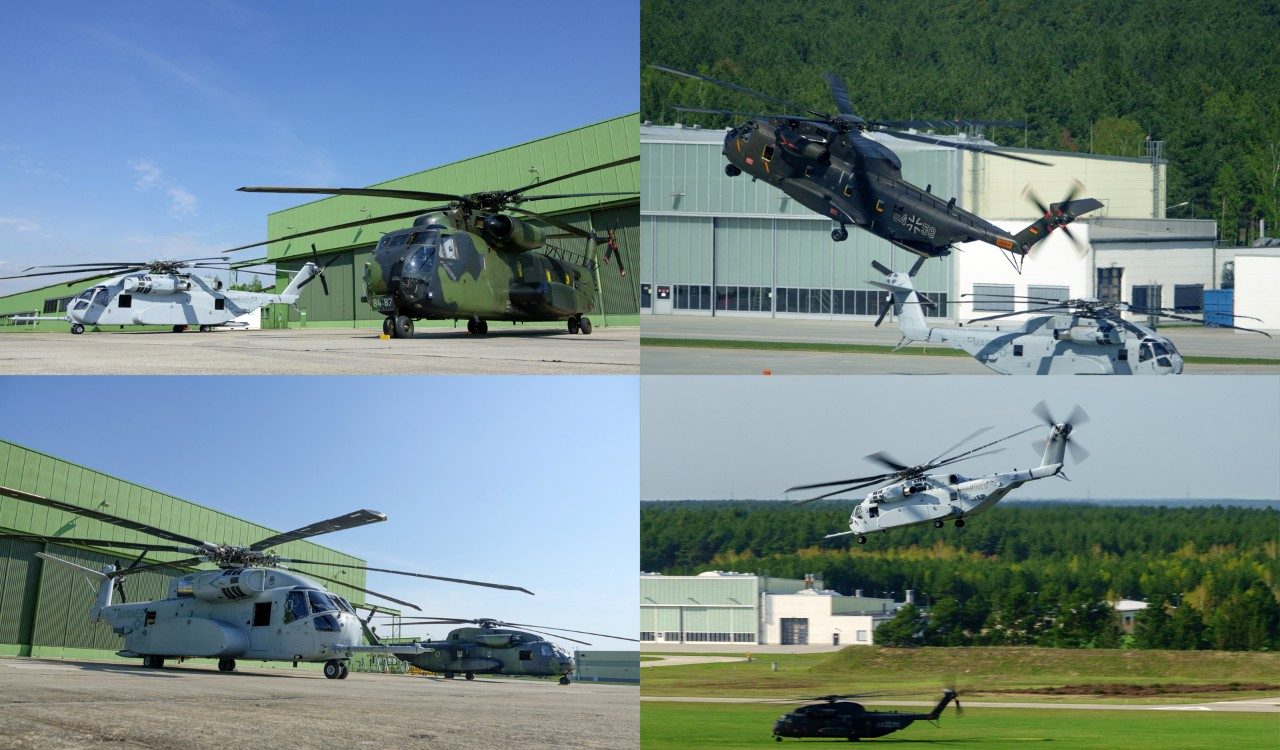For more than 50 years, the German Armed Forces have operated CH-53G helicopters in Germany and during missions all over the world. To this day, the German Armed Forces’ remaining 70 aircraft provide airlift capabilities including troop and cargo transport, personnel recovery operations, and humanitarian, medevac, aerial firefighting, and disaster relief missions.
Following a competition against Boeing’s Chinook in 1968, the CH-53G, originally designed for the U.S. Marine Corps, was procured by Germany in 1969.

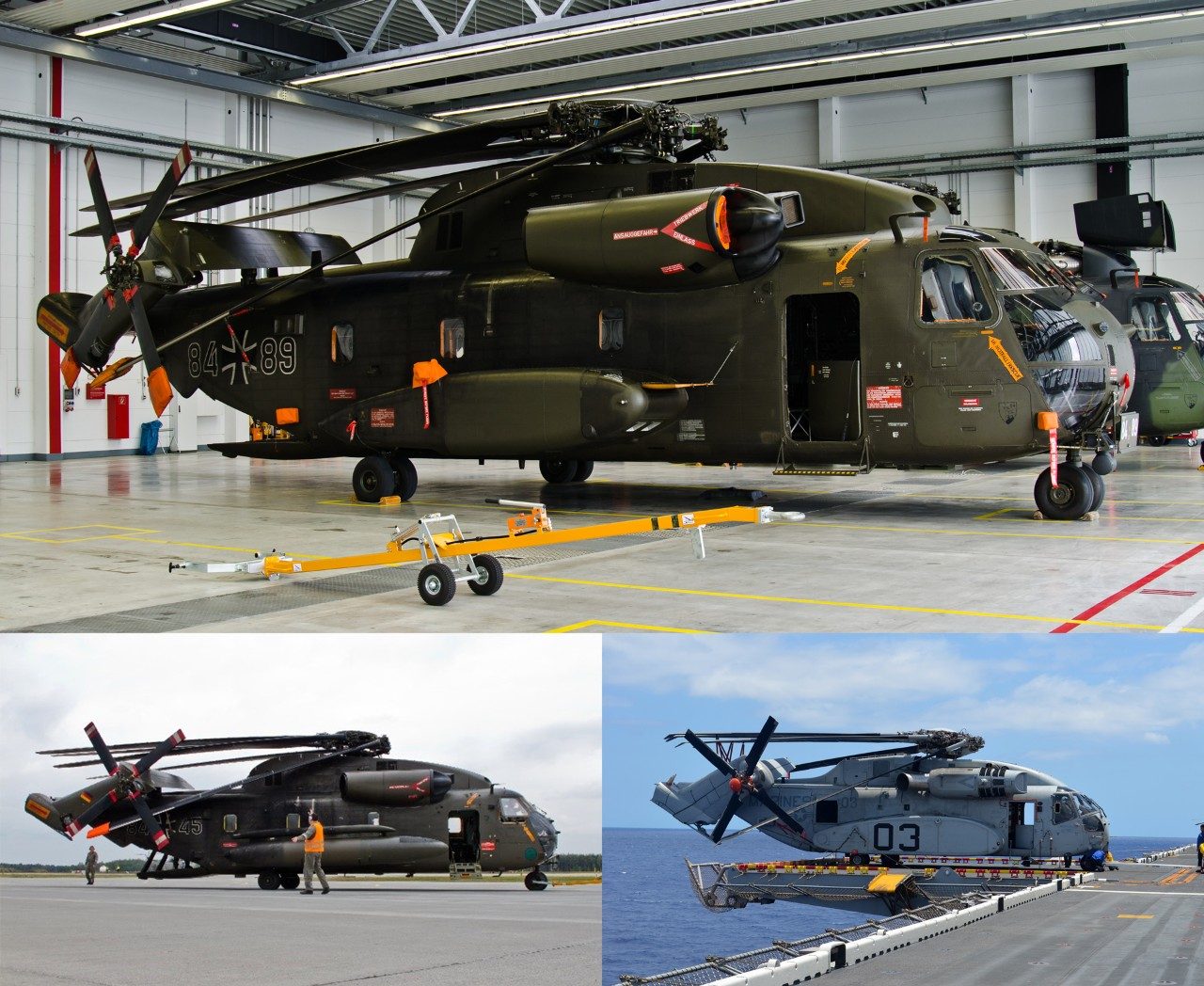
Poised for Sustainment
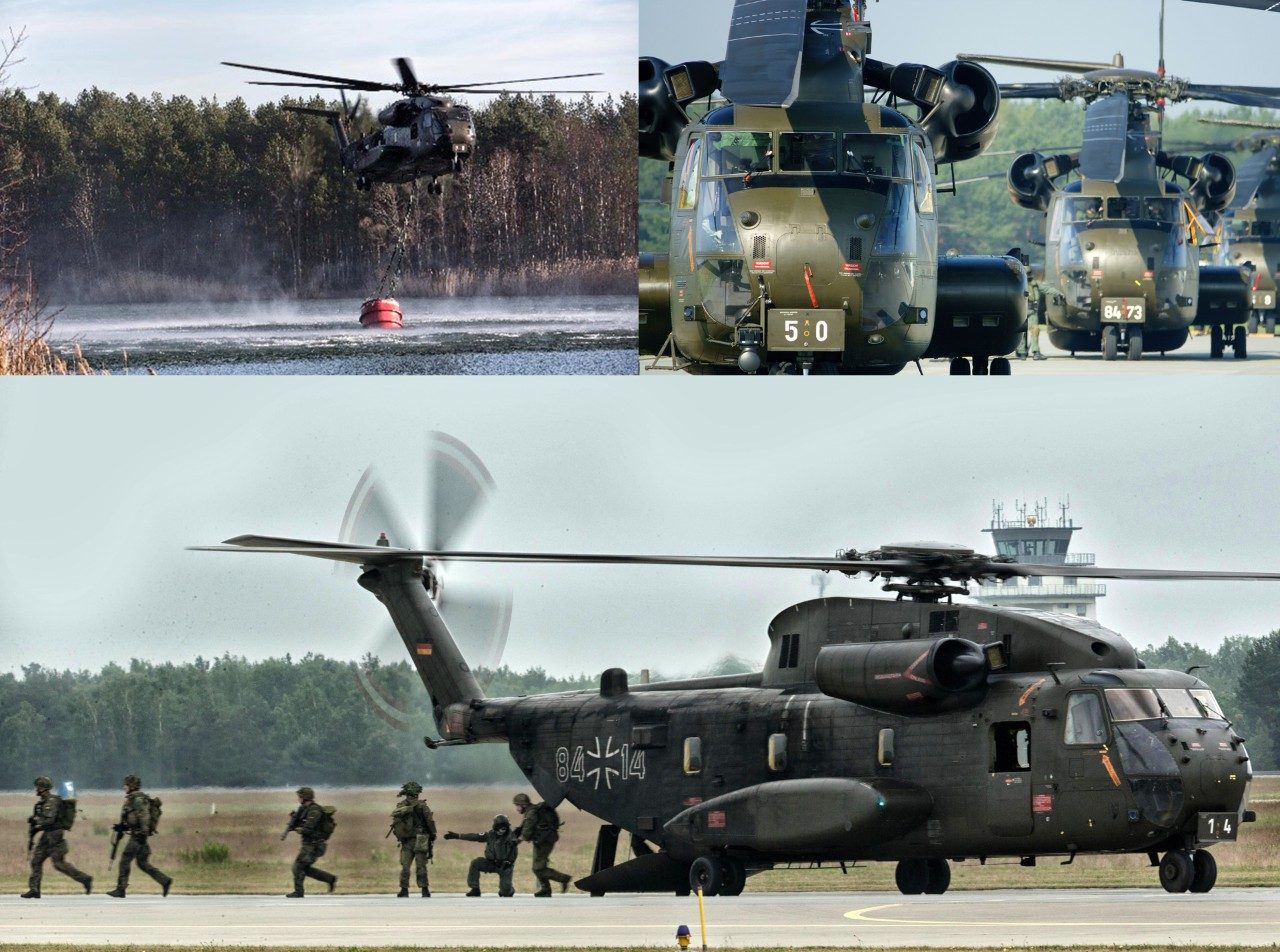
“We are building upon our more than 50-year partnership with the German Armed Forces” said John Jaques, International Business Development Director. “We remain committed to stabilizing the availability of the CH-53G aircraft and look forward to supporting the fleet well into retirement with our existing German industry team.”
Under this lifetime buy agreement, Sikorsky’s sustainment strategy allows for improved stability of aircraft fleet operations; crews and maintainers can continue to operate and train with the existing fleet. A similar sustainment framework has been successfully used and implemented to this day to support the CH-53D legacy fleet in Israel and the CH-53E fleet for the U.S. Marine Corps.
Both the Israeli Air Force and the U.S. Marine Corps are in the process of transitioning to a new heavy-lift helicopter fleet with the CH-53K.
Sustaining and maintaining Germany’s CH-53G fleet is especially important now, as the existing aircraft and the crews as well as the maintainers must be able to support operations at Germany’s current operating bases during the upcoming transition to an STH fleet. “A stable legacy fleet operation will provide a critical foundation in order to successfully transition to STH; it is important that Germany be able to operate the existing aircraft and continually train personnel to get ready for the next generation. That’s what we are ready to support with our existing industry team” said Jaques.
The Next Generation of Heavy Lift
Currently, the options to replace the CH-53G are being evaluated through a government-to-government procurement framework. Sikorsky’s all-new, 21st-century CH-53K "King Stallion" heavy-lift helicopter is part of that discussion.
The CH-53K would enable a seamless transition from the current CH-53G fleet and would do so well within the German Armed Forces’ requested requirements. The CH-53K could enter into service as a true military-off-the-shelf heavy-lift helicopter, without the need for additional modifications or upgrades for the next several decades
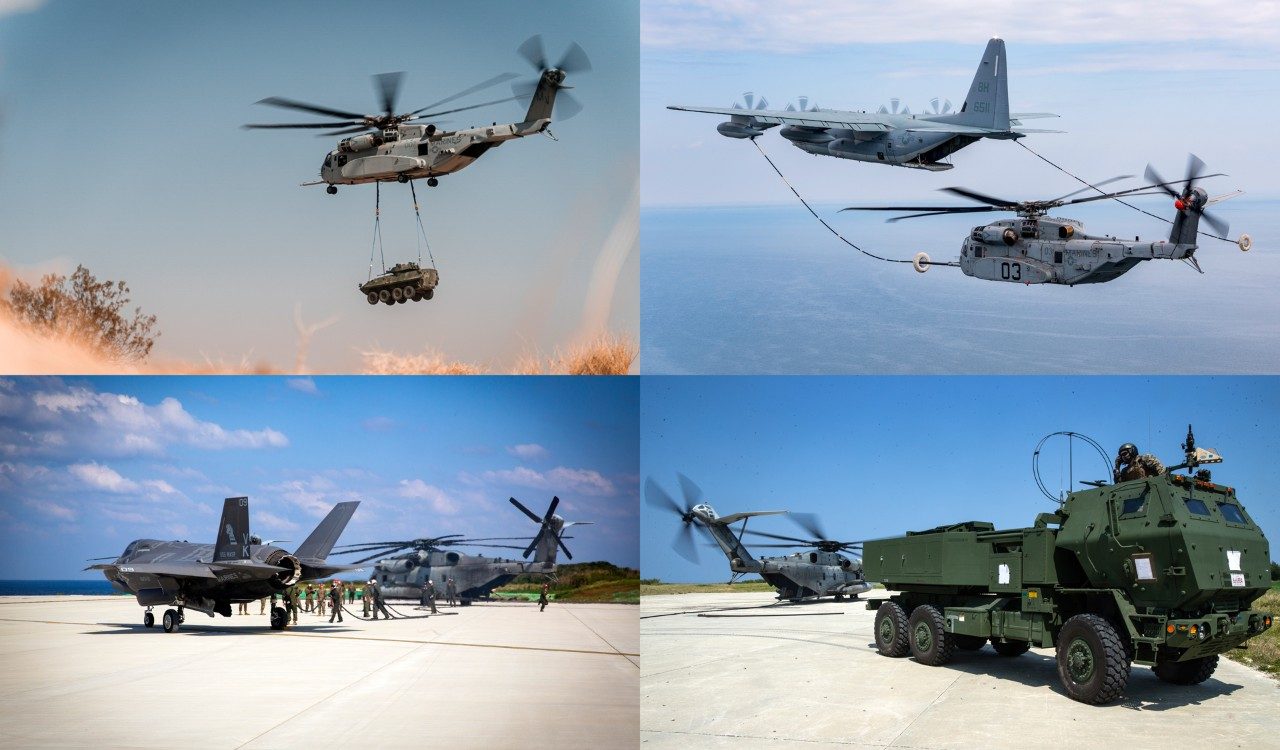
For Germany. By Germany.
German industry suppliers are a critical resource when it comes to supporting the legacy CH-53G fleet with necessary equipment and components as well as in-country maintenance capabilities. These include the existing STH CH-53K exclusive teammates: Rheinmetall, MTU, Autoflug, and Hydro, among several others. Many of these suppliers have already supported the CH-53K program in the U.S. and have extensive experience supporting their equipment on this aircraft.
This team is providing critical support to the legacy CH-53G fleet today and will be ready to support the German Air Force’s STH fleet throughout the transition into the future.
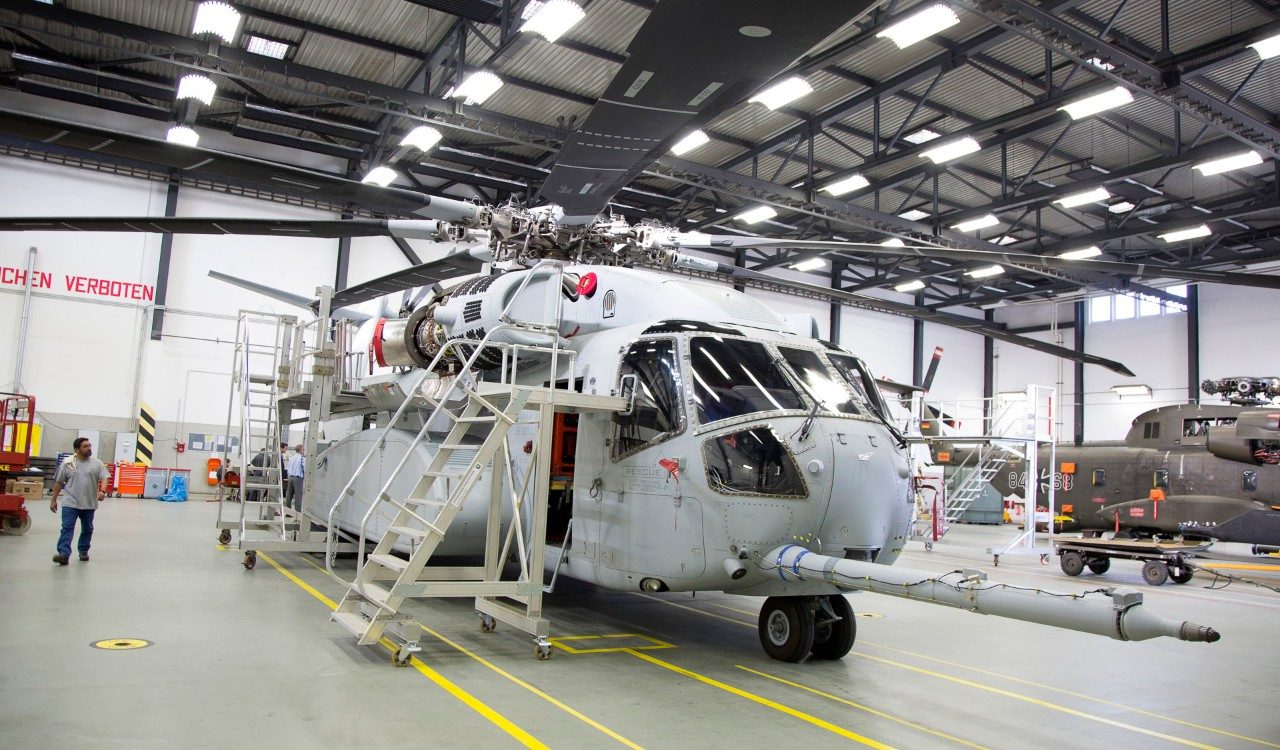
This hub would establish numerous high-tech jobs and strengthen Leipzig, the local airport, and the surrounding states as prime business locations in the long term. Rheinmetall and Sikorsky are working with the airport operator in Leipzig to establish the center, which is necessary for the operation of the helicopter fleet.
“We are in advanced talks on a logistics and maintenance hub at Leipzig Airport,” said Mike Schmidt, managing director of Rheinmetall Aviation Services GmbH. “We are delighted with the very positive response so far. If the CH-53K is selected, the maintenance and supply of the new Bundeswehr transport helicopter could be carried out centrally and efficiently in Leipzig. For the region, the project would mean the settlement of important industry and associated jobs.”
“We have built up a strong industrial team over the past years in Germany that will ensure the availability of the legacy CH-53G and the STH CH-53K fleet for the German Air Force,” said Christian Albrecht, business development manager at Sikorsky in Berlin, and a former chief operating officer for maintenance management with the 64th Helicopter Wing of the German Air Force at Holzdorf Air Base. “With our plans for a hub at Leipzig Airport, we are laying the foundation to provide the Bundeswehr with a helicopter fleet that will be reliable and sustainable in Germany for several decades while also providing a central logistics hub for future heavy-lift helicopter fleets across Europe.”
